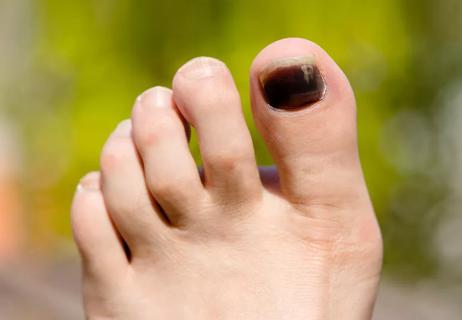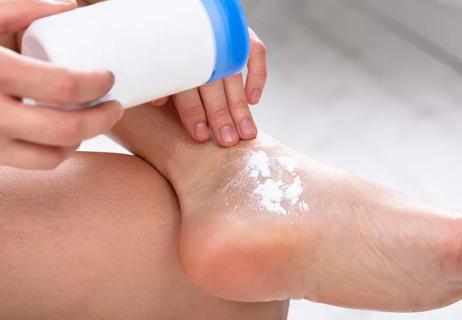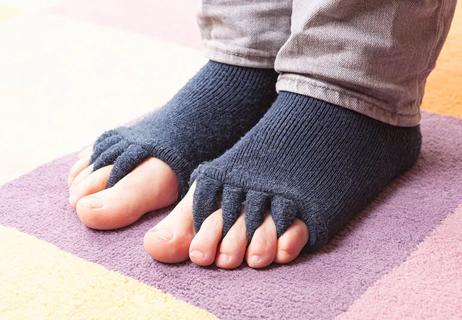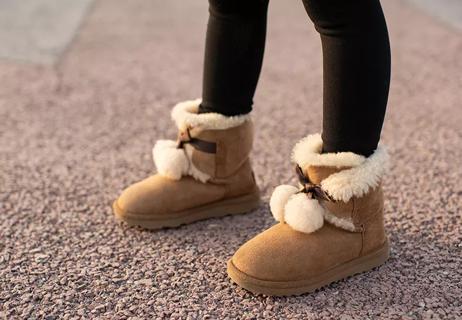Make sure your salon is clean and sterilizes its instruments

When you head to the salon for a little pampering and self-care, you want to walk out with freshly painted toenails — not an injury or infection.
Cleveland Clinic is a non-profit academic medical center. Advertising on our site helps support our mission. We do not endorse non-Cleveland Clinic products or services. Policy
So before you go, it’s important to make sure the salon you choose is clean and that the staff routinely sterilizes the instruments. Speak up about the tools and methods you prefer.
Podiatrist Joy Rowland, DPM, tells her patients to scope out the pedicure salon first. It’s important to make sure the instruments used on your feet are sterilized. Foot baths or bowls should be cleaned with hospital-grade disinfectant between clients, she says.
“Visit the place you want to go,” she suggests. “As you’re in the waiting area, watch and see what they do. Make sure they bring out new instruments for each client and clean and disinfect their bowls after each use.”
If you can’t tell, don’t be shy to ask about cleaning procedures. Make sure the salon disinfects the tools that they use by soaking in a cleaning solution for at least 10 minutes. However, the best method of sterilization is a process called autoclaving, which is the method hospitals use for sterilizing surgical tools. If they do, you’re good to go, Dr. Rowland says.
It’s also important that the salon technicians don’t tear or cut your skin with the tools they use during a pedicure, Dr. Rowland says. Microorganisms in foot bowls can enter through a cut and cause an infection. So don’t ever put an open wound, which can include bug bites, scratches and cuts, into a foot bath.
“Sometimes the skin gets cut during the pedicure, then you put your feet inside the bowls. The bacteria from the legs, which is the natural flora from the skin, is swirling around inside the bowl and gets inside the cut,” Dr. Rowland says. “This can cause an infection inside the skin.”
It’s a good idea to ask the salon technician to avoid cutting your toenails too short, Dr. Rowland says. When a toenail is too short, it can result in an ingrown toenail or an infection.
Some salons use tools that look like cheese graters or metal files to remove dead, dry skin and calluses, but it’s best to avoid using rough instruments on your skin, Dr. Rowland says. If it starts to hurt you, ask the technician to stop.
“I even tell my patients that if they file their own calluses at home to please not use metal files, because they can tear the skin,” she says.
Tools that look like sandpaper or brushes are softer on the skin, so ask for those at the salon instead.
If pedicure tools aren’t sterilized properly, you can get skin and nail infections, which may show up immediately or later — even months later. These include:
If you notice signs of any of these infections, see your doctor for treatment ASAP.
Learn more about our editorial process.

Safety, hygiene and technician training are among the biggest benefits of a ‘medi pedi’

Except in certain medical scenarios, foot health experts rarely recommend foot soaks

A few precautions can keep your toenails from turning black and falling off

Sweat plus bacteria equals sour-smelling feet

If they don’t fit well in the store, they won’t fit any better at home

Toe spacers and separators can add some comfort, but they’re not a fix-all

The lack of arch support in the popular footwear can lead to numerous aches and pains

Animal safety and bacterial infections are concerns

Your metabolism may torch 1,300 to 2,000 calories daily with no activity

A gentle touch in all the right places may help drain your sinuses